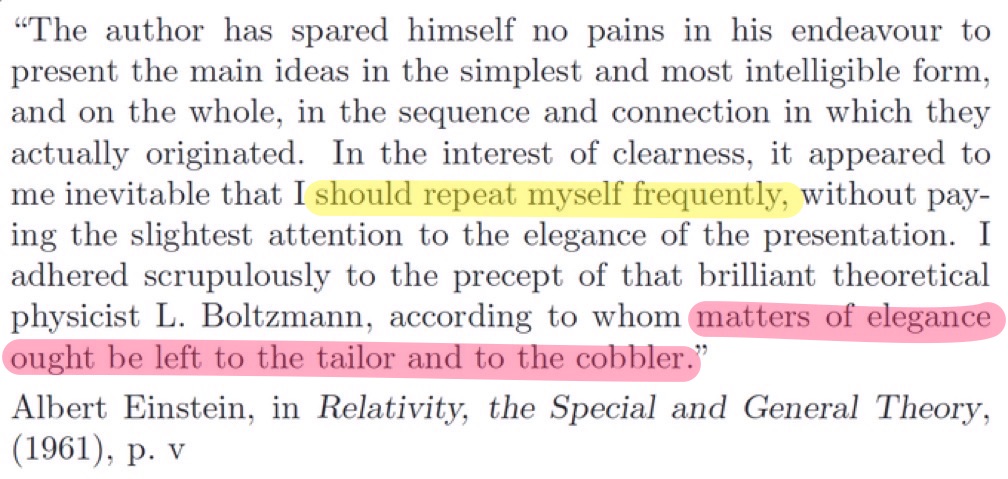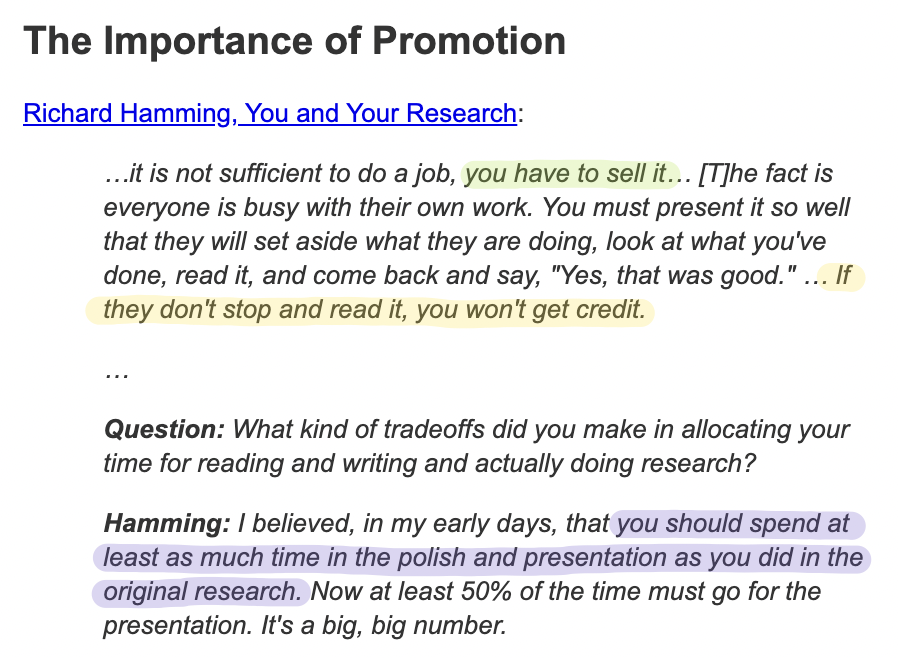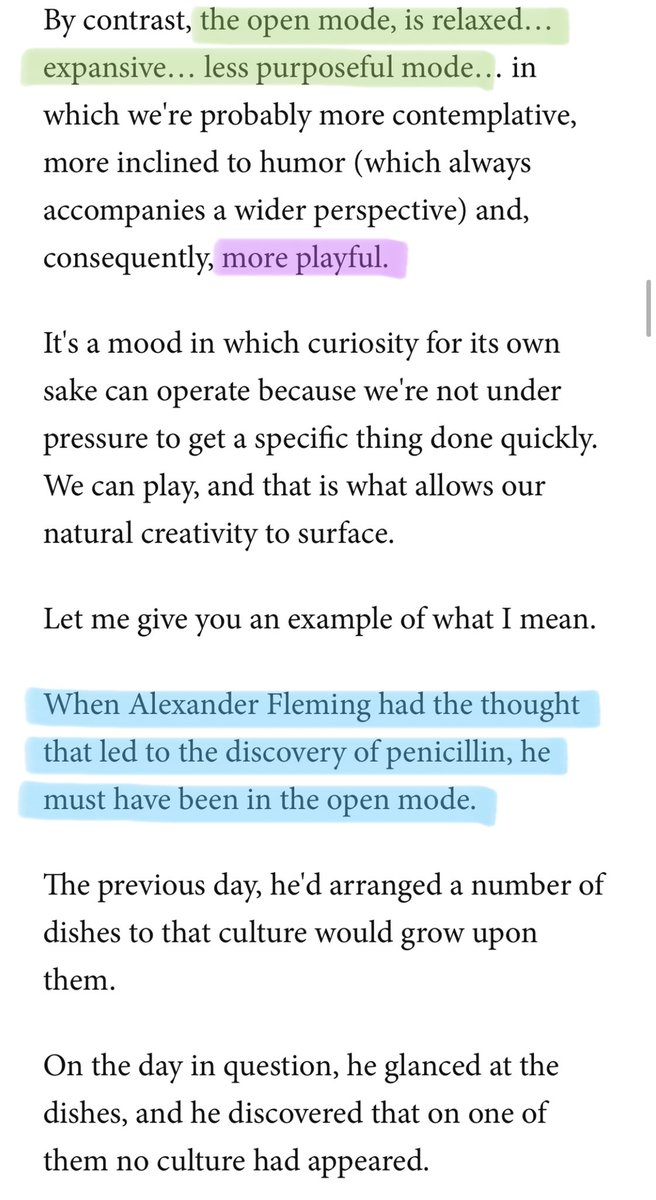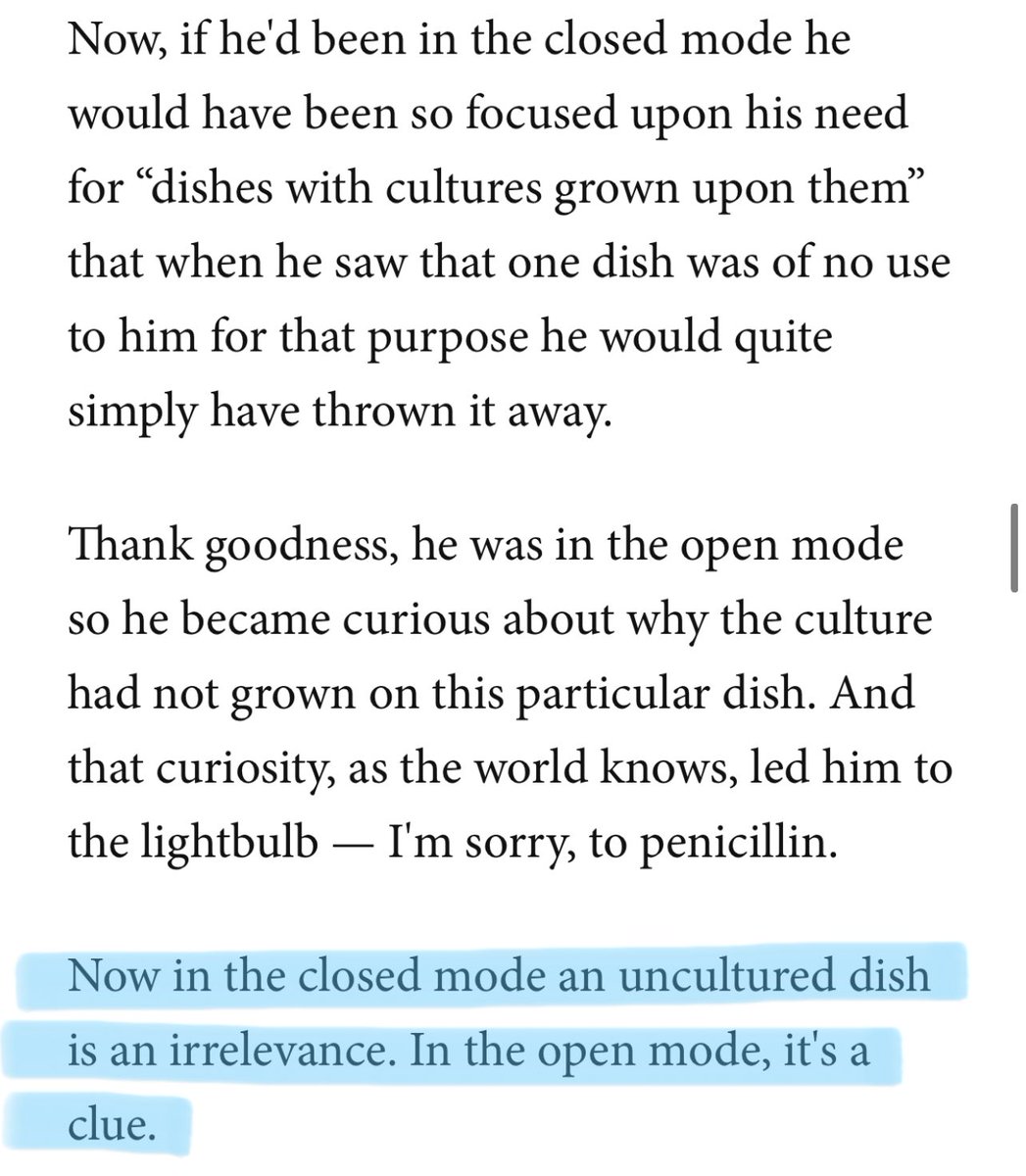
I’m in Miami to see what all the hype is about, and South Beach is officially my favorite architectural neighborhood 







“Why South Beach?”
South Beach has the highest concentration of Art Deco buildings in the world, which is by far my favorite architectural style.
South Beach has the highest concentration of Art Deco buildings in the world, which is by far my favorite architectural style.
https://twitter.com/david_perell/status/1335755739344887808
What else I learned today:
• In the 1940s, buildings with 4+ stories had to have an elevator, so were are the nice ones.
• Old Art Deco has sharp, 90-degree corners. Late Art Deco is more rounded.
• Most of these Art Deco buildings housed rampant illegal gambling schemes.



• In the 1940s, buildings with 4+ stories had to have an elevator, so were are the nice ones.
• Old Art Deco has sharp, 90-degree corners. Late Art Deco is more rounded.
• Most of these Art Deco buildings housed rampant illegal gambling schemes.




While we’re talking about Miami, can we stop and marvel at these incredible photos that @vanschneider took? 







South Beach has a neon vibe that I haven't seen in any other Art Deco architecture. You see it in the paint under the sunlight, but it comes alive under the night time lights 







• • •
Missing some Tweet in this thread? You can try to
force a refresh








